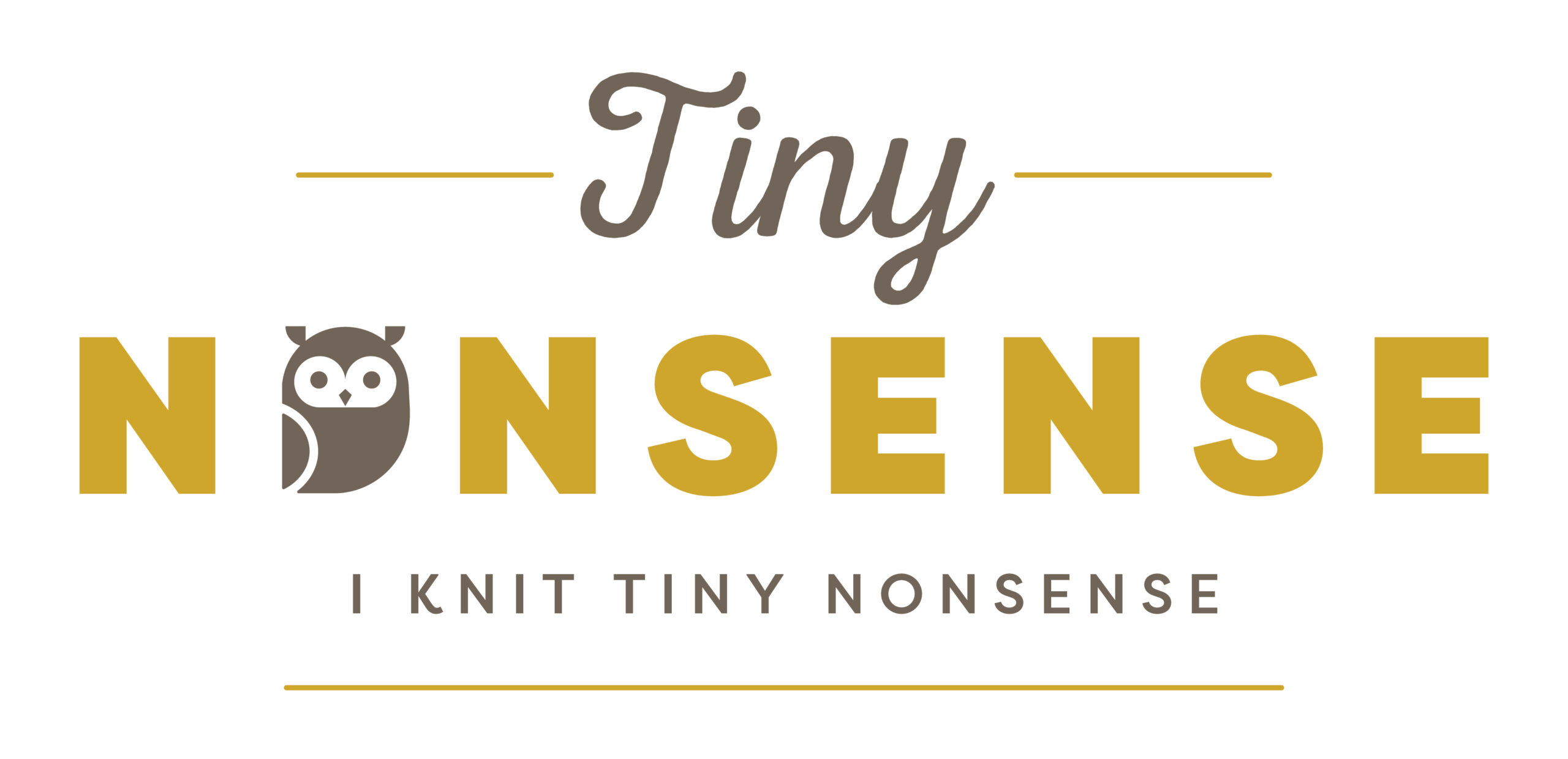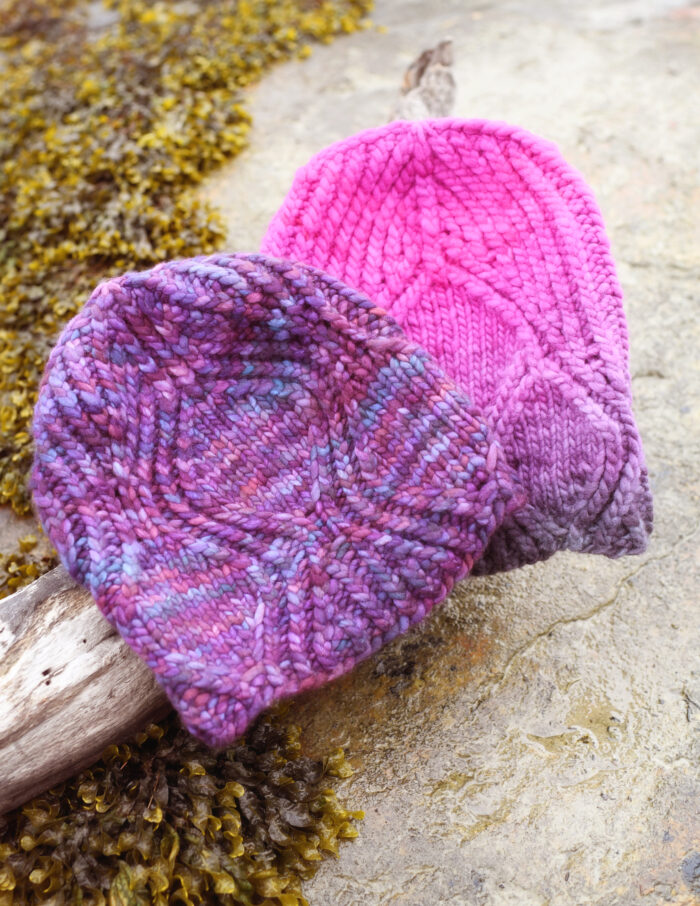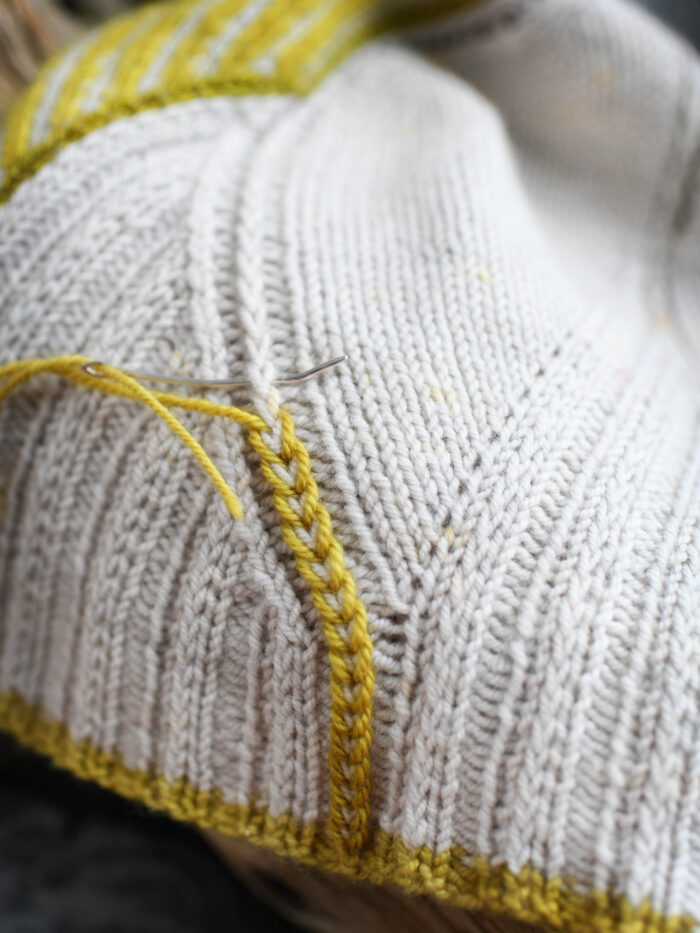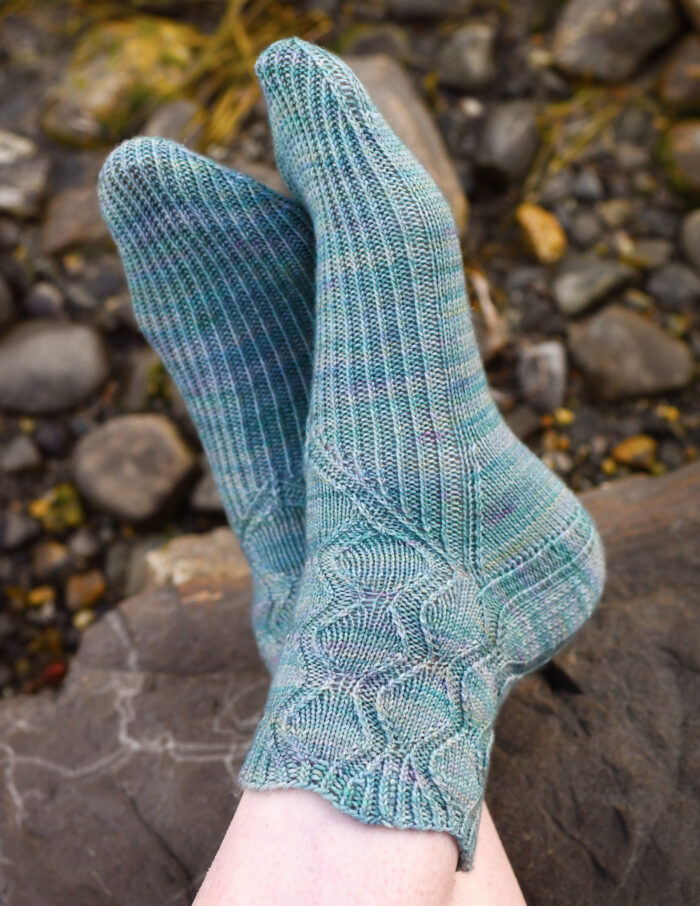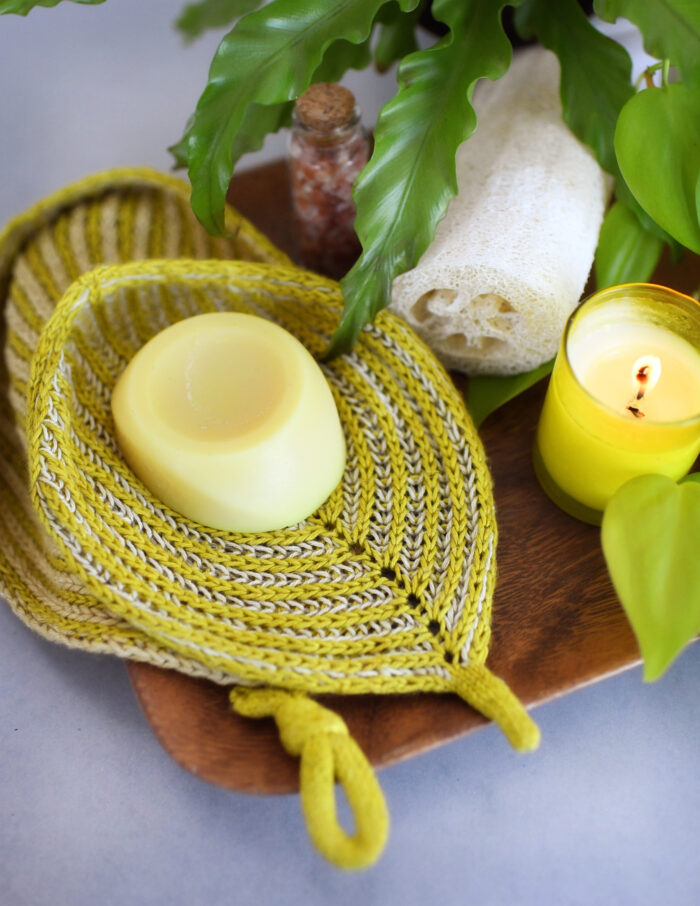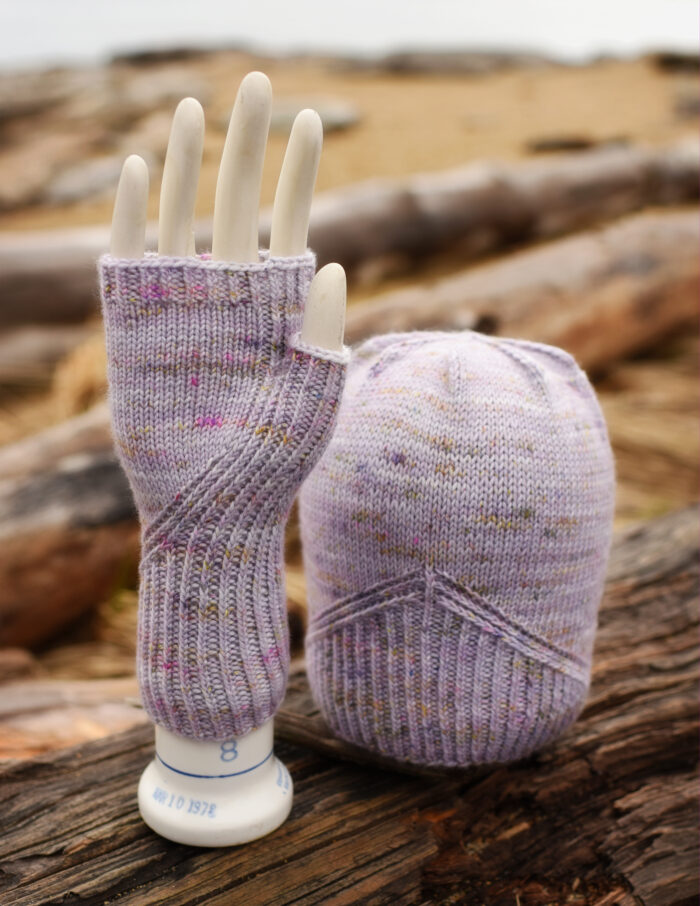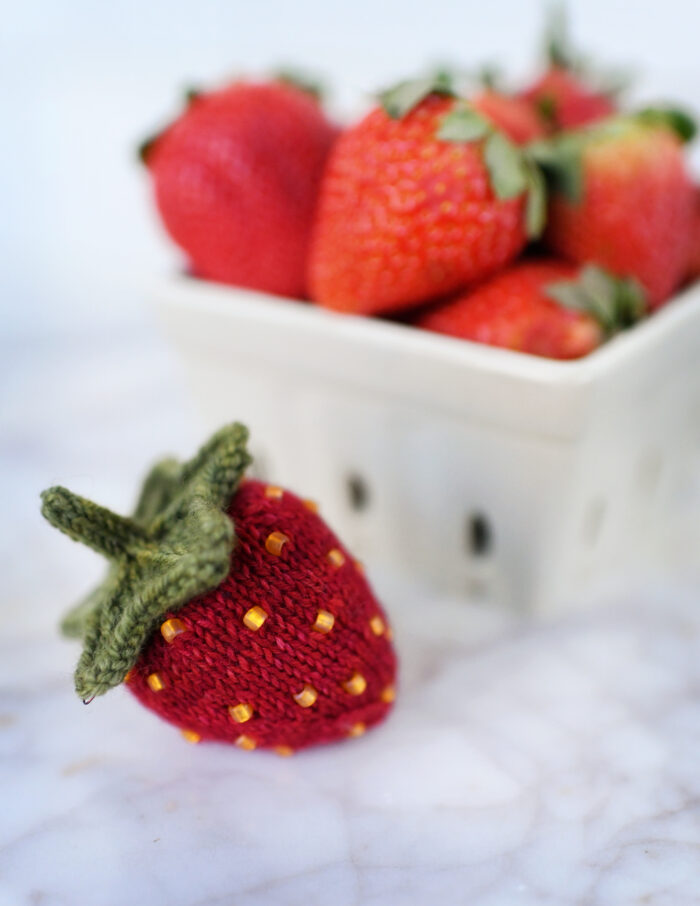Make me a Map
Those of you who have the electronic version of Curls have already seen the little bonus in there. Many of the patterns sport a special little symbol that, when clicked, takes you over to a stitch map for that pattern.
Stitch maps (the latest creation by super genius JC Briar) are a new way to think about charts. They’re charts without the grids. But more than that, they’re charts that show you the relationship between stitches in a much more concrete way than traditional charts tend to. The easiest way to understand it is just to show you an example. Here’s what a feather and fan stitch looks like as a stitch map.
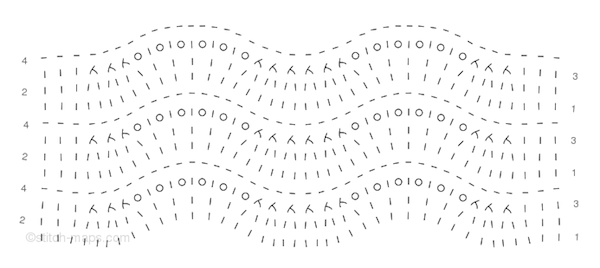 See how the stitches tip and lean back and forth and make lovely wavy lines? Very much like your fabric will if you knit this stitch pattern? Nifty isn’t it! And you can play with it a bit more. You can turn on row guides to help you follow each row all the way across the chart.
See how the stitches tip and lean back and forth and make lovely wavy lines? Very much like your fabric will if you knit this stitch pattern? Nifty isn’t it! And you can play with it a bit more. You can turn on row guides to help you follow each row all the way across the chart.
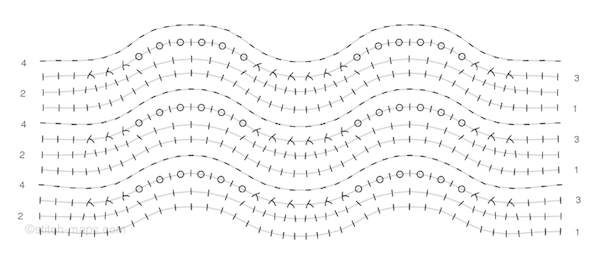 Or you can turn on column guides (very helpful if you want to trace out how columns of stitches behave, and a fabulous tool if you want to figure out where you can put a stitch marker or plan out where to place increases without disturbing your pattern).
Or you can turn on column guides (very helpful if you want to trace out how columns of stitches behave, and a fabulous tool if you want to figure out where you can put a stitch marker or plan out where to place increases without disturbing your pattern).
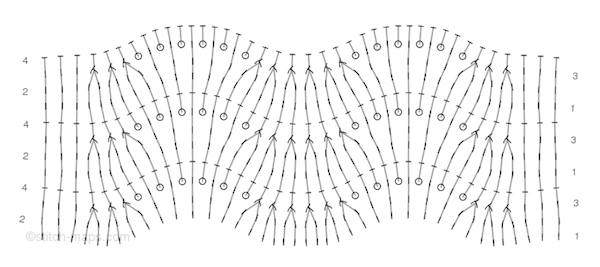 Stitch maps are about as close as you can get to seeing the fabric before you put yarn on your needles. They let you visualize the finished result amazingly clearly. You can actually see that quite well in the stitch maps for Curls.
Stitch maps are about as close as you can get to seeing the fabric before you put yarn on your needles. They let you visualize the finished result amazingly clearly. You can actually see that quite well in the stitch maps for Curls.
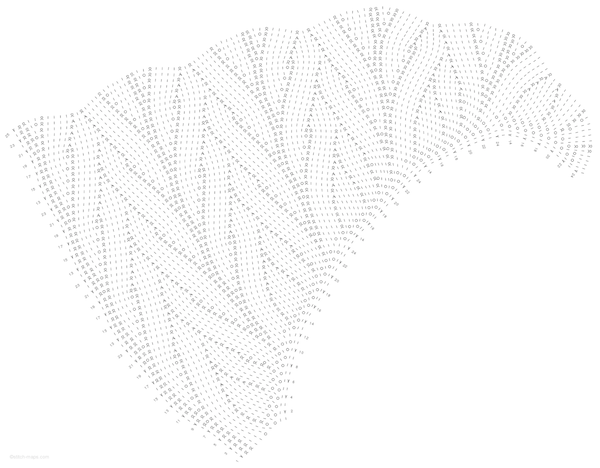 Isn’t that pretty? Looks an awful lot like the curl it makes too! There’s a part of my brain that almost wants to put it on a totebag…but that impulse is probably best suppressed.
Isn’t that pretty? Looks an awful lot like the curl it makes too! There’s a part of my brain that almost wants to put it on a totebag…but that impulse is probably best suppressed.
Anybody can play with stitch maps for free, and there are all sorts of bonus features if you subscribe. Go play around and see what speaks to you!
Mailing List
Want to hear when a new pattern comes out or something fun is going on? Sign up below!
Patreon
Want to support the content I create, get nifty bonus material for some of my favorite patterns, or get every new release delivered right to your inbox? Head over to patreon and sign up!
